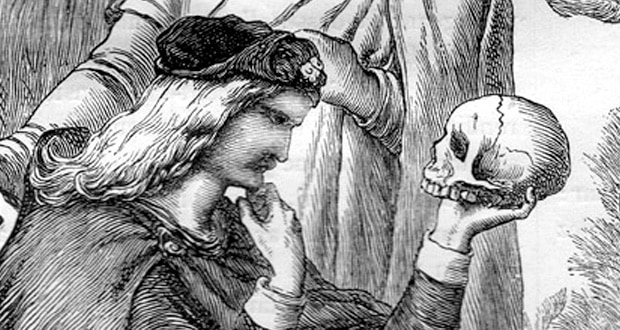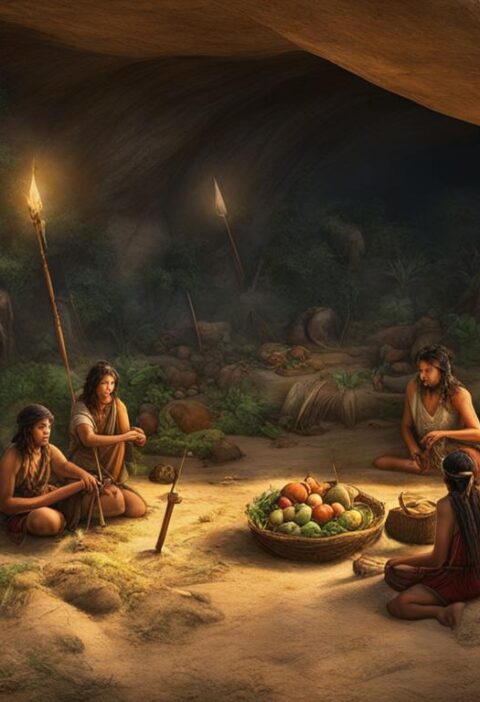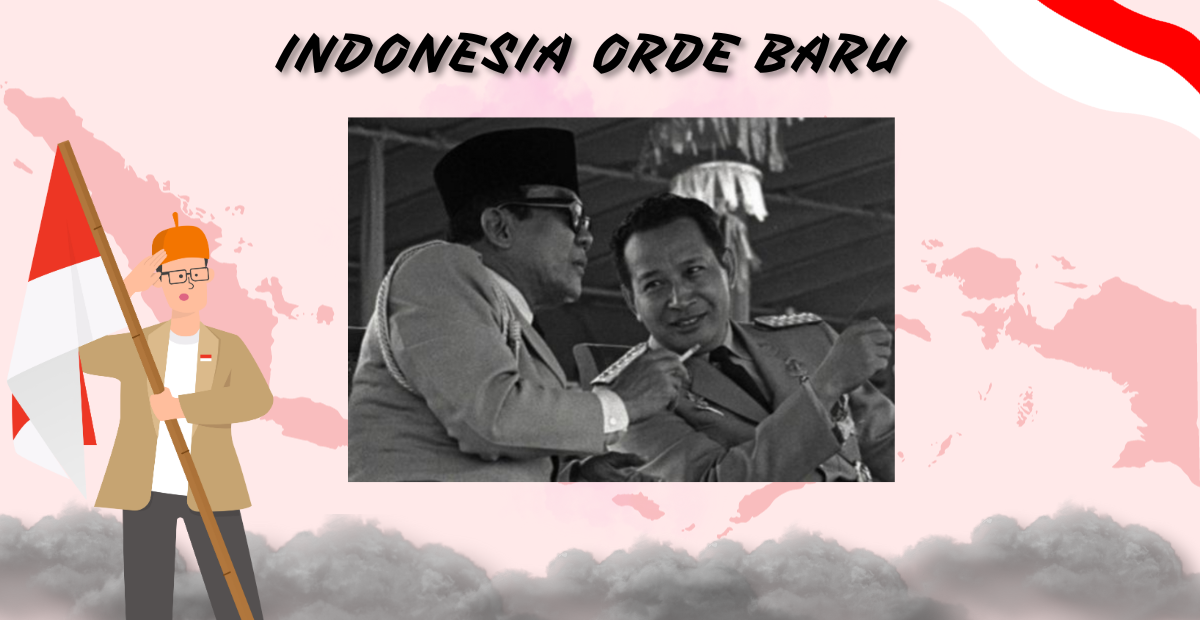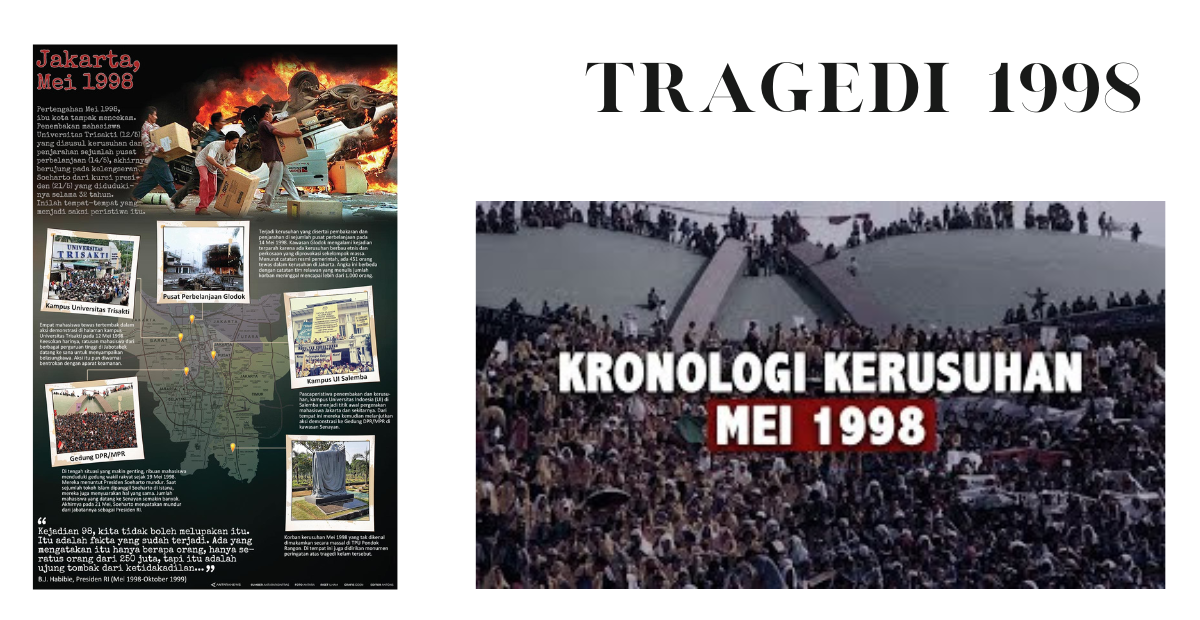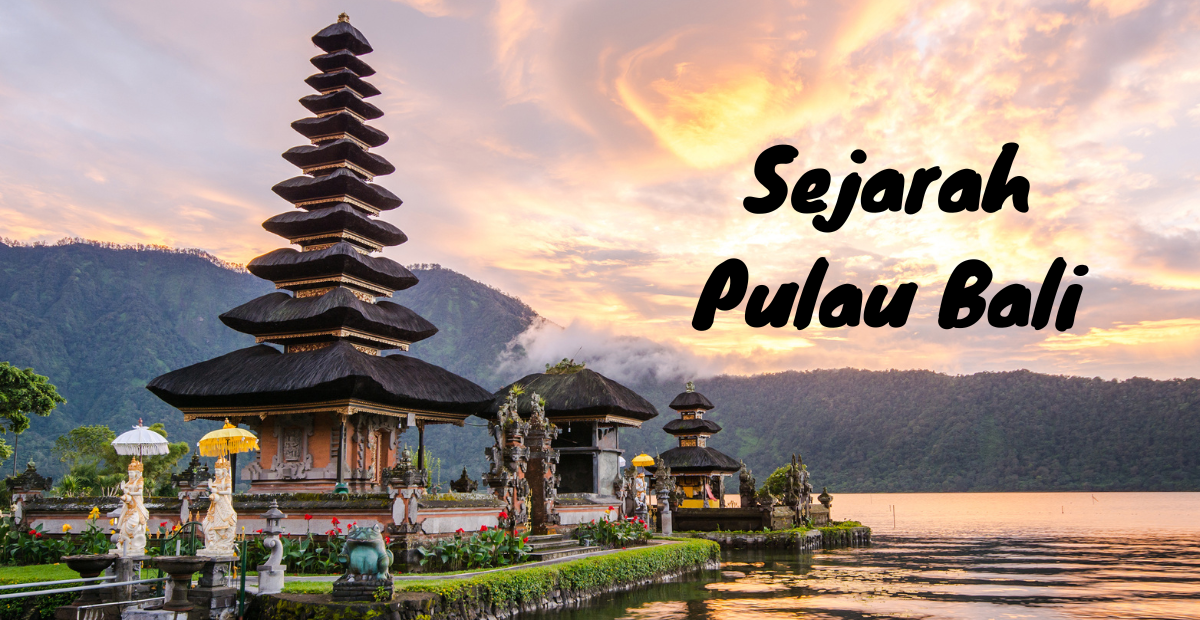Have you ever wondered how Shakespeare’s Hamlet could resonate across different cultures and societies worldwide? Welcome to “The Global Hamlet,” a captivating exploration of modern cultural exchange. In today’s interconnected world, the idea of global culture isn’t just a buzzword but a daily reality. We’ll trace the origin of the term “The Global Hamlet” and see how timeless stories like Hamlet bridge diverse communities. This post will offer a fresh perspective on how literature and art traverse boundaries, creating a shared global experience. Get ready to discover the surprising ways Hamlet has influenced and been influenced by cultures from every corner of the planet.
Origin and Definition of ‘The Global Hamlet’
The term “The Global Hamlet” is deeply rooted in the timeless narrative of Shakespeare’s Hamlet. It has evolved over centuries, transcending its literary origins to represent a broader, global cultural phenomenon.
Shakespeare’s Influence
Shakespeare’s Hamlet is more than just a play; it’s a cultural cornerstone. Written in the early 1600s, Hamlet has left an indelible mark on literature, theater, and even everyday language. Phrases like “To be or not to be” have become part of our common vernacular. But Shakespeare’s influence doesn’t stop at language.
Hamlet’s themes—revenge, madness, morality—resonate with audiences worldwide. This universality has helped cement Hamlet as a global icon. It’s fascinating how a story set in Denmark, written in Elizabethan English, speaks to people in Tokyo, Lagos, or Buenos Aires. It’s like Hamlet has a passport, effortlessly crossing cultural and geographic borders. This wide-reaching influence laid the foundation for the term “The Global Hamlet.”
Evolution of the Term
The journey of “The Global Hamlet” from a literary masterpiece to a global concept is intriguing. Let’s break it down:
- Early Adaptations:
- Initially, Hamlet was confined to the stage, captivating audiences in England.
- Soon, it started appearing in different languages and theaters across Europe.
- Cultural Integration:
- By the 19th century, Hamlet had found its way into the literatures of other countries.
- Each culture adapted Hamlet to fit their societal norms and issues, making it their own.
- 20th Century and Beyond:
- With the advent of film and television, Hamlet reached an even broader audience.
- Globalization and the internet further accelerated the play’s spread, making it accessible to virtually anyone, anywhere.
- Modern Context:
- Today, “The Global Hamlet” signifies more than just the widespread popularity of a play.
- It symbolizes the interconnectedness of cultures. Hamlet serves as a bridge, linking diverse societies through shared human experiences.
Key milestones, such as the first Japanese production of Hamlet or modern cinematic adaptations, highlight the term’s evolution. These adaptations often reflect how each culture sees itself in Hamlet’s story, adding layers of meaning and context.
The term “The Global Hamlet” now encapsulates how literature like Hamlet can foster a shared global experience. It’s not just about Shakespeare anymore; it’s about how we as a world engage with and reinterpret timeless stories to reflect our collective consciousness.
The Global Hamlet in the Digital Age
The digital age has reshaped how we connect and communicate. It’s also transformed “The Global Hamlet” from a literary concept to a practical reality. Let’s dive into how this has happened.
Social Media’s Role
Social media platforms like Facebook, Twitter, and Instagram have created a “Global Hamlet” where information spreads at lightning speed. With a simple click, you can share ideas, news, and experiences with someone halfway around the world. Here’s how social media has helped build global communities:
- Instant Communication: Social media breaks down barriers, allowing us to interact instantly. When a new production of Hamlet premieres in London, fans in Tokyo or New York can discuss it in real-time.
- Collaborative Platforms: Social media encourages collaboration. Artists, scholars, and fans share their interpretations of Hamlet, creating a rich tapestry of global perspectives.
- Awareness and Activism: Social media platforms don’t just spread information—they spread awareness. When global issues arise, these platforms enable people to rally together, much like the unity seen in Hamlet’s diverse global adaptations.
Through these platforms, a digital “Global Hamlet” thrives, where the play is not just a story but a shared global experience.
Global Citizenship
In today’s world, the concept of global citizenship is on the rise. Digital tools have made it easier than ever to connect with people and engage in global issues.
- Digital Unity: Tools like video conferencing and social media help us organize across borders. A student studying Hamlet in Paris can easily collaborate with a peer in Johannesburg, sharing insights and learning from each other.
- Access to Information: The internet democratizes information. Research, scholarly articles, and performances of Hamlet are available at the touch of a button, allowing people worldwide to engage with the play and its themes.
- Global Causes: Digital platforms enable people to support global causes. For instance, campaigns around mental health—an issue central to Hamlet’s story—can gain global traction, fostering a sense of global citizenship among participants.
Digital tools make it easier to act as a global citizen, engaging with and contributing to the world in meaningful ways. This interconnectedness fosters a sense of unity, much like Hamlet’s ability to resonate across disparate cultures.
In the digital age, “The Global Hamlet” is more than a concept; it’s a lived reality. Social media and digital tools have made it possible for people around the world to engage with Hamlet and each other in ways that were previously unimaginable.
Cultural Exchange and The Global Hamlet
Cultural exchange plays a pivotal role in forming what we term ‘The Global Hamlet.’ As different cultures interact, they share and adapt rich traditions, customs, and ideas. This constant exchange fosters deeper understanding and collaboration across global communities.
Traditional vs. Digital Cultural Exchange
Traditionally, cultural exchange happened through physical travel, international students, immigrants, and cultural delegations. People had to physically visit a new place to experience its culture.
- Benefits: Traditional methods allowed for immersive experiences. Physical presence helps you truly understand and appreciate another culture. You can taste the food, hear the language, and see the customs up close.
- Challenges: However, traditional methods were time-consuming and often expensive. Not everyone could afford to travel or host exchange programs.
In contrast, digital cultural exchange happens through the internet, social media, and virtual reality. You can experience a different culture from the comfort of your home.
- Benefits: Digital exchange is affordable and accessible to many. It allows for real-time interaction and continuous learning. You can attend a virtual class, watch live performances, or even join a global discussion forum.
- Challenges: On the downside, digital exchange may lack the depth of personal experience. Virtual interactions can sometimes feel superficial or disconnected from real life.
In a nutshell, both methods have their own set of advantages and limitations. Traditional methods offer depth, while digital methods offer accessibility.
Case Studies in Cultural Exchange
Several real-world examples highlight the success of cultural exchanges, making the idea of ‘The Global Hamlet’ more tangible.
1. The British Council’s Cultural Programs:
- The British Council has long promoted cultural exchange by sending artists, performers, and speakers around the world. These exchanges have led to lasting relationships and mutual understanding.
- For instance, a theater troupe from India performing Shakespeare in London introduces a unique interpretation of Hamlet, influenced by Indian storytelling traditions.
2. Erasmus Program in Europe:
- The Erasmus Program allows students across European countries to study abroad. It fosters understanding, collaboration, and a sense of European identity.
- Students often return home with a broader perspective and new ideas that benefit their communities. A student from Spain studying in Denmark might bring Hamlet’s Danish roots to life in his art or writing.
3. UN’s International Year of Indigenous Languages:
- In 2019, the UN declared an International Year of Indigenous Languages to promote cultural diversity and multilingualism.
- This initiative led to the sharing of indigenous stories and traditions globally, akin to how Hamlet’s themes resonate with varied cultures.
These case studies underline the power of cultural exchange in creating a shared global identity. They show that by engaging with each other’s stories, traditions, and experiences, we can build a more connected world.
Through both traditional and digital means, cultural exchange continues to shape our world into a ‘Global Hamlet,’ bringing us closer, facilitating understanding, and fostering collaboration across diverse cultures.
The Role of Education in The Global Hamlet
Education plays a crucial role in shaping our understanding of the world and preparing us to be part of a global community. In what we call ‘The Global Hamlet,’ schools and universities are key in fostering cultural exchange and global awareness.
Global Curricula
In today’s interconnected world, it’s essential for education systems to incorporate diverse perspectives and issues. This is where global curricula come into play. These curricula aim to prepare students to be global citizens by embedding international content and viewpoints into their education.
Why is global curricula important?
- Broader Understanding: A global curriculum helps students understand issues that go beyond their local or national context. This includes global politics, economics, and environmental concerns.
- Cultural Awareness: By including diverse cultural perspectives, students learn to appreciate and respect differences. This can help reduce prejudice and promote social harmony.
- Critical Thinking: Exposure to a range of viewpoints encourages students to think critically about issues. It helps them to question assumptions and see problems from multiple angles.
For example, a literature class might study Hamlet alongside works from African, Asian, and Latin American authors. This not only broadens students’ literary horizons but also gives them insights into different ways of thinking and expressing ideas.
How does it work?
- Integrated Topics: Subjects like history and geography incorporate global events and issues.
- Exchange Programs: Schools partner with institutions in other countries to share resources and experiences.
- Bilingual Education: Learning a second language is often part of the curriculum, helping students communicate across cultures.
Study Abroad Programs
Study abroad programs are another vital component of building a global mindset. These programs allow students to experience a different culture firsthand, giving them a deeper understanding of the world around them.
What makes study abroad programs so valuable?
- Immersive Learning: Students are placed in a new environment where they live and study. This immersion helps them learn not just academically but also socially and culturally.
- Language Skills: Being in a country where a different language is spoken forces students to use and improve their language skills. This practical application is far more effective than classroom learning alone.
- Personal Growth: Living abroad teaches independence, adaptability, and problem-solving. Students often return more mature and confident.
For instance, a student from the United States might spend a semester in Japan. They would study local customs, language, and even participate in traditional events. Upon returning, they would have a richer perspective that benefits their personal and academic life.
How do schools support these programs?
- Scholarships and Grants: Many institutions offer financial aid to help cover the costs of studying abroad.
- Partnerships: Schools often have arrangements with universities overseas to facilitate student exchanges.
- Preparation Courses: Before going abroad, students might take courses to prepare them for the cultural and academic differences they will encounter.
Both global curricula and study abroad programs are essential tools in creating a ‘Global Hamlet.’ They help students develop the skills and mindset needed to thrive in a world that is increasingly interconnected. By fostering cultural awareness and global understanding, education systems are ensuring that the next generation is ready to navigate and contribute to our shared global community.
Challenges and Criticisms of The Global Hamlet
While “The Global Hamlet” offers an exciting vision of a connected world, it also comes with challenges and criticisms that need addressing. Let’s explore these issues.
Digital Divide
The digital divide refers to the gap between those with easy access to digital technology and those without. This disparity is a significant barrier to participating in the ‘Global Hamlet.’
Many parts of the world still lack reliable internet access. Imagine a classroom in a rural area trying to join a global discussion on Shakespeare but unable to do so due to poor connectivity. This digital divide means unequal opportunities for learning and cultural exchange.
- Limited Access: Not everyone has a smartphone, tablet, or computer. This limitation hampers their ability to connect with global communities.
- Cost Issues: High internet costs can be prohibitive. For many families, paying for data plans or devices is a luxury they can’t afford.
- Education Gaps: Schools in underprivileged areas often lack the resources to provide digital learning tools, putting students at a disadvantage.
To bridge this divide, we need to invest in infrastructure and make technology affordable and accessible to everyone. Closing the digital gap can help more people join the global conversation and benefit from cultural exchange.
Misinformation and Fake News
In the ‘Global Hamlet,’ misinformation and fake news spread quickly. This can distort reality and impact global discourse. Imagine discussing Hamlet’s themes but being led astray by false interpretations posted online. The consequences are far-reaching.
- Erosion of Trust: When people encounter fake news repeatedly, they may stop trusting information sources altogether.
- Polarization: Misinformation can deepen divisions between groups, making it harder to find common ground.
- Confusion and Fear: False information can create confusion and panic, overshadowing genuine issues that need attention.
To combat misinformation, we need to develop critical thinking skills and promote media literacy. Teaching people how to verify information and recognize credible sources is crucial. Platforms must also take responsibility by flagging or removing false content.
Cultural Homogenization
Cultural homogenization is the process where diverse cultures start to resemble each other more closely, losing their unique identities. This risk looms large in an interconnected ‘Global Hamlet.’
- Loss of Heritage: As global culture takes center stage, local traditions and languages may fade away. Think of a small village losing its unique customs because everyone starts adopting global trends.
- Monoculture: When the same few cultural products dominate (like Hollywood movies or pop music), other artistic expressions can be overshadowed.
- Identity Crisis: People may feel torn between their local identity and a global one, leading to confusion and loss of cultural roots.
To preserve cultural diversity, we need to celebrate and promote local traditions. Supporting local artists, encouraging the use of indigenous languages, and sharing diverse cultural stories can help maintain the rich tapestry of global cultures.
These challenges show that while the ‘Global Hamlet’ offers many benefits, it also requires careful handling. Addressing the digital divide, tackling misinformation, and preserving cultural diversity are essential steps in creating a balanced and inclusive global community.
Conclusion
“The Global Hamlet” captures the essence of our increasingly interconnected world. It shows how cultural exchange has evolved from traditional to digital forms, making timeless stories like Hamlet resonate across borders. From social media’s role in building global communities to the importance of education in fostering global citizenship, we’ve seen how shared experiences can unite us.
However, challenges like the digital divide, misinformation, and cultural homogenization remind us to tread carefully. Balancing global interconnectedness with respect for cultural diversity is crucial. As we move forward, let’s embrace the richness of our global tapestry while preserving the unique threads that make each culture special. The future of “The Global Hamlet” depends on our ability to unite as a global community without losing our individuality.
